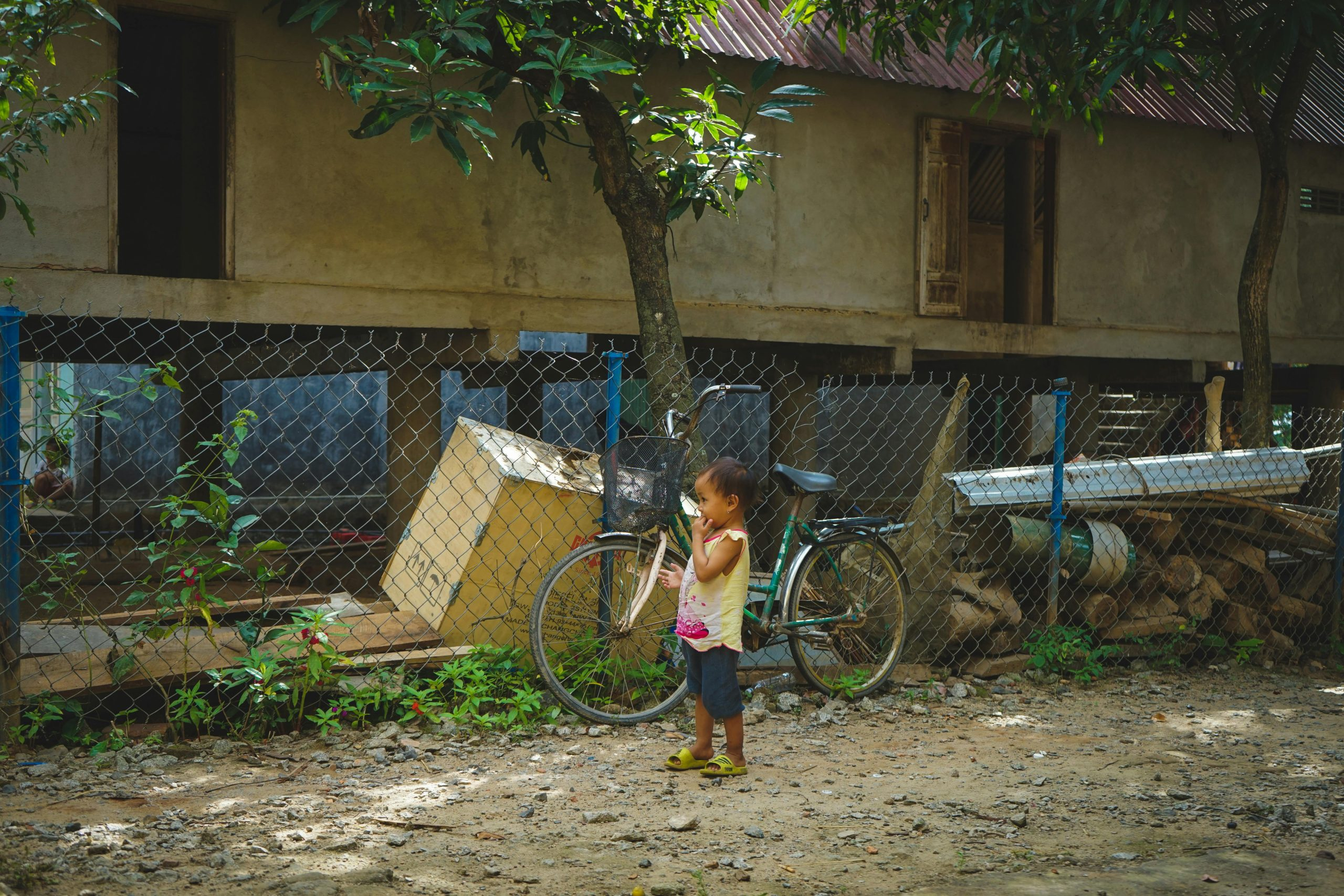Housing for Different Family Structures: Homes That Adapt to Changing Needs
–
In today’s ever-changing society, the traditional concept of the nuclear family is no longer the only valid family structure. There are now a multitude of different family structures, from single-parent households and extended families to same-sex couples and co-parenting arrangements. With these diverse family structures come unique and evolving needs when it comes to housing. As families grow and change, so do their living requirements. This is where the concept of adaptable housing comes into play. In this article, we will explore the importance of housing that can adapt to different family structures and how it benefits individuals and families in the long run.
The Evolution of Family Structures
Gone are the days where the traditional nuclear family, with a working father, stay-at-home mother, and two children, was the norm. Nowadays, families come in all shapes and sizes, and continue to evolve. With the rise of divorce rates, single parenthood, and same-sex marriages, the definition of a family has become more fluid. In addition, the increasing aging population has led to the need for housing that can accommodate multi-generational living. These diverse family structures all have unique needs that cannot be met by a one-size-fits-all housing solution.
Challenges Faced by Different Family Structures
Single-Parent Households
Single-parent households are becoming more common, with many parents raising children on their own. These households face numerous challenges when it comes to housing, such as affordability, security, and support. Single parents often struggle to afford suitable housing on a single income, and may have to settle for less desirable neighborhoods or smaller homes. In addition, a single parent may also have to prioritize their children’s needs over their own, resulting in a lack of security and support for themselves.
Extended Families
In many cultures, it is common for multiple generations to live together under one roof. This arrangement allows for mutual support and reduces the burden of housing costs. However, not all homes are designed to accommodate an extended family. In many cases, multiple generations are forced to live in cramped conditions with limited privacy, which can lead to tension and conflict.
Blended Families
As divorce rates increase, so do the number of blended families – families where one or both parents have children from a previous relationship. Blended families face challenges with integrating into a new household and establishing boundaries, particularly in terms of housing. Children may feel like they don’t have their own space, and parents may struggle to find a home that meets the needs of everyone.
The Importance of Adaptable Housing
With the constantly evolving nature of family structures, the need for adaptable housing has become more apparent. Adaptable housing refers to homes that can easily be modified to accommodate changing needs. This can include features such as flexible room layouts, adjustable counters and shelves, and wheelchair-accessible entrances. Adaptable housing not only caters to the specific needs of different family structures, but also allows for easier aging in place, where individuals can continue living in their homes as they age.
Affordability
One of the main benefits of adaptable housing is its affordability. Rather than constantly moving to a new home that meets their changing needs, individuals and families can modify their current home to fit their requirements. This eliminates the need to incur relocation costs, such as real estate fees and moving expenses, making it a more cost-effective solution in the long run.
Flexibility
Adaptable housing also provides flexibility, allowing families to adapt their homes to suit their current situation. For example, a room that was once used as a nursery for a new baby can be easily converted into a playroom for a growing child. This eliminates the need for costly renovations and allows families to make the most out of their living space.
Inclusivity
By designing homes with adaptable features, we are promoting inclusivity for all family structures. Adaptable housing ensures that individuals and families of all ages and abilities can live comfortably and safely in their homes. This is particularly important for aging individuals, as it allows them to maintain their independence and age in place without having to move to an assisted living facility.
The Future of Housing
As the concept of family continues to evolve, the need for adaptable housing will only continue to grow. It is crucial for the housing industry to recognize and address the changing needs of individuals and families in order to create homes that can adapt to different family structures. This will not only benefit families in the long run, but also lead to more inclusive and diverse communities.
In Conclusion
In the past, housing may have been designed with a specific family structure in mind. However, as our society continues to change, it is vital for the housing industry to adapt as well. Housing that can accommodate different family structures allows for more inclusive and flexible living spaces, promoting a sense of belonging and support for individuals and families. By embracing adaptable housing, we can create homes that truly feel like a place to call home, no matter what type of family structure one may have.










